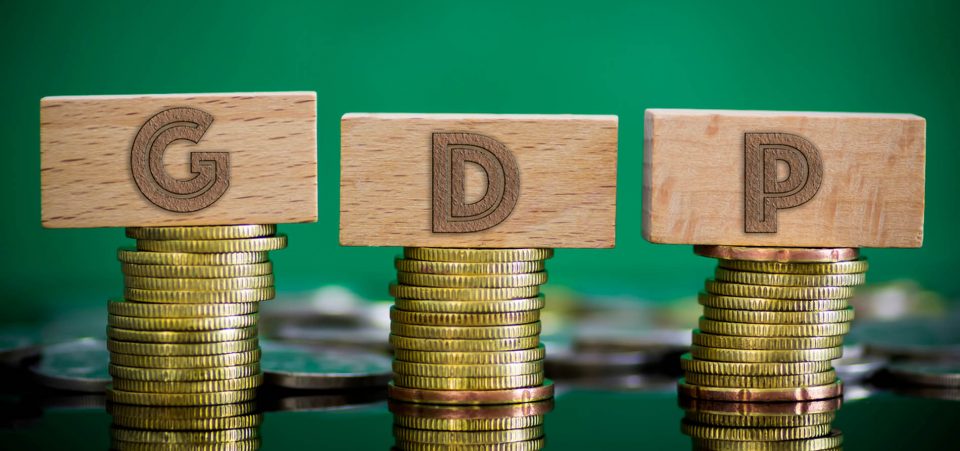Disappointing GDP Rate Suggests the Real U.S. Economy Cannot Sustain Higher Fed Rates
The U.S. economy grew by 1.2% in the first quarter of 2017. That’s better than the Department of Commerce’s previous estimate of 0.7%, but it’s still far below President Donald Trump’s expectations that the economy could hit three-percent growth this year. This is the result of the second estimate drawn up by the Department of Commerce.
The upward revision to the first-quarter GDP forecast for 2017 remains almost inconsequential in real terms. Many analysts still expect the U.S. economy could accelerate growth in the next quarters, but they fail to explain how. Growth was premised on the bullish Trump corporate tax and personal income tax plan.
In theory, Trump’s plan should help pump huge liquidity into the economy, encouraging investments and jobs. That might even happen, if Congress passes Trump’s tax plan. Even some of the President’s supporters in Congress fear the tax cuts will cause a gaping hole of funding for many government programs. It could also put pressure on the military and certainly on the U.S. public debt.
Will She or Won’t She?
Hourly wages, which have always been the weak link of economic recovery, have not showed an increase. Overall, the labor market trend is suffering from the uncertainty over what the Federal Reserve might do about interest rates. It’s unclear whether Fed Chair Janet Yellen will, or even can, proceed with the nominal rate hikes. She reiterated increases, but the fact the economy is not growing quickly enough might change her mind.
In April, the Department of Labor revised new job estimates downward for February and March. One of the unhealthy symptoms, meanwhile, has been the declining retail sector. Americans are more indebted and have less disposable income.
Then there are the growing fears of a political crisis in the White House. Various members of the House and the Senate might be reluctant to approve as radical a tax cut plan as Trump wants to launch. Yet, the financial markets may already have absorbed the ‘”plan,” pricing it in the wild valuations of the past few months.
Moreover, there is a big “shiny red nose” problem in the U.S. GDP numbers. The Commerce Department’s revision has not changed its pessimistic assessment of a key economic indicator: consumer spending. Much of the slowdown in the first quarter was due to the weakness of consumer spending and reduced production.
Add to that the fact that first-quarter data also suffered from a decline in corporate profits. Then there’s the fact that consumer prices have risen 2.4%. The core personal consumption expenditure (PCE) index, which excludes energy and food and food prices, rose by 2.1%. (Source: “U.S. GDP Growth Revised Up To 1.2% Rate in First Quarter,” Morningstar, Inc., May 26, 2017.)
The lackluster GDP numbers are a warning to investors. They confirm that from the financial crash of 2008 to the present, the U.S. may have experienced its worst economic recovery in the country’s history. That contrasts with the enormous stock market rise. If this seems rather bizarre, it should.
It seems like a bit, and quite a bit at that, of history repeating. Consider that in the previous decade, U.S. stocks bested much of those in other advanced economies with an aggressive Federal Reserve, pumping liquidity into the market, all combining to produce disastrous results.






